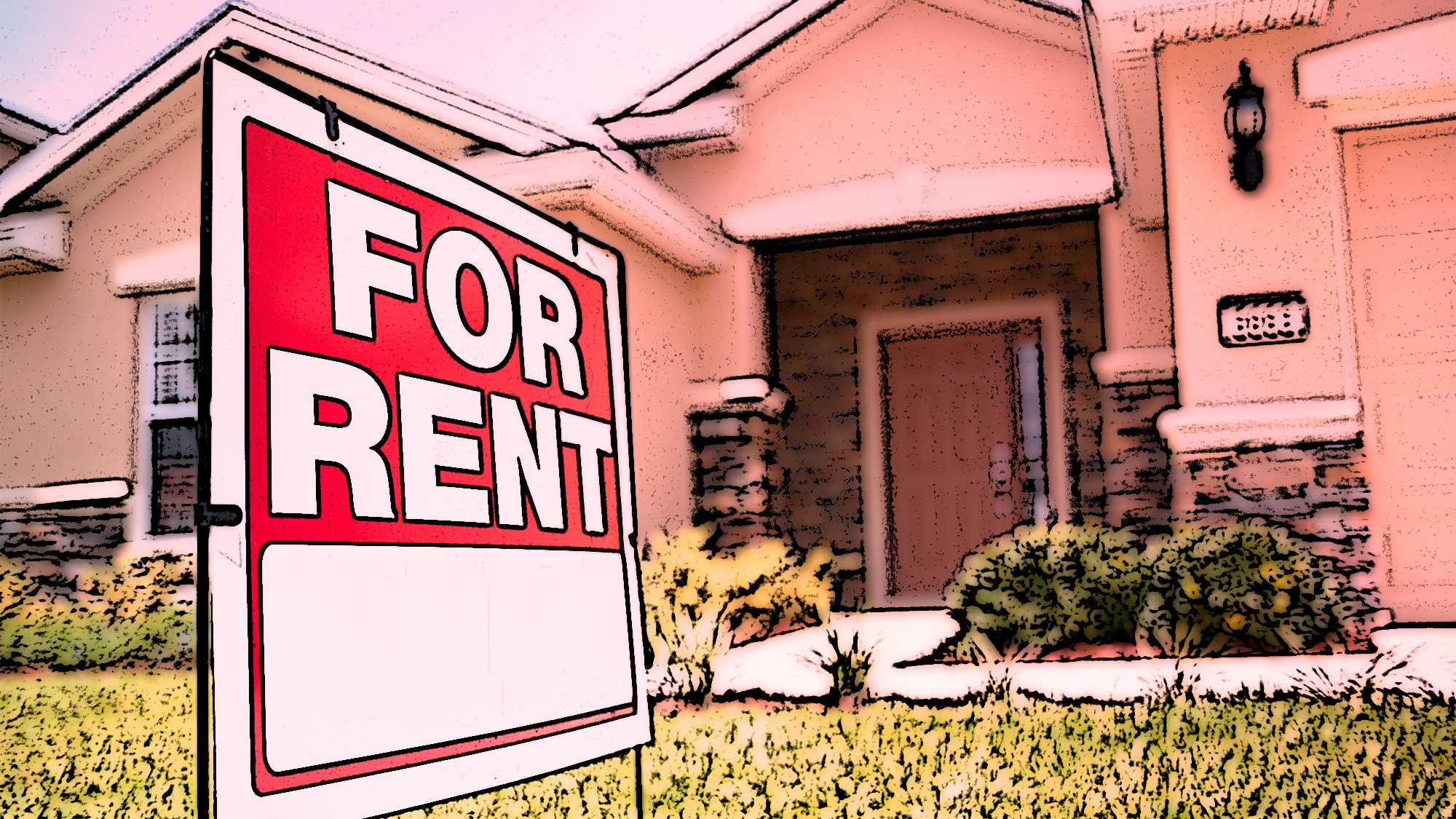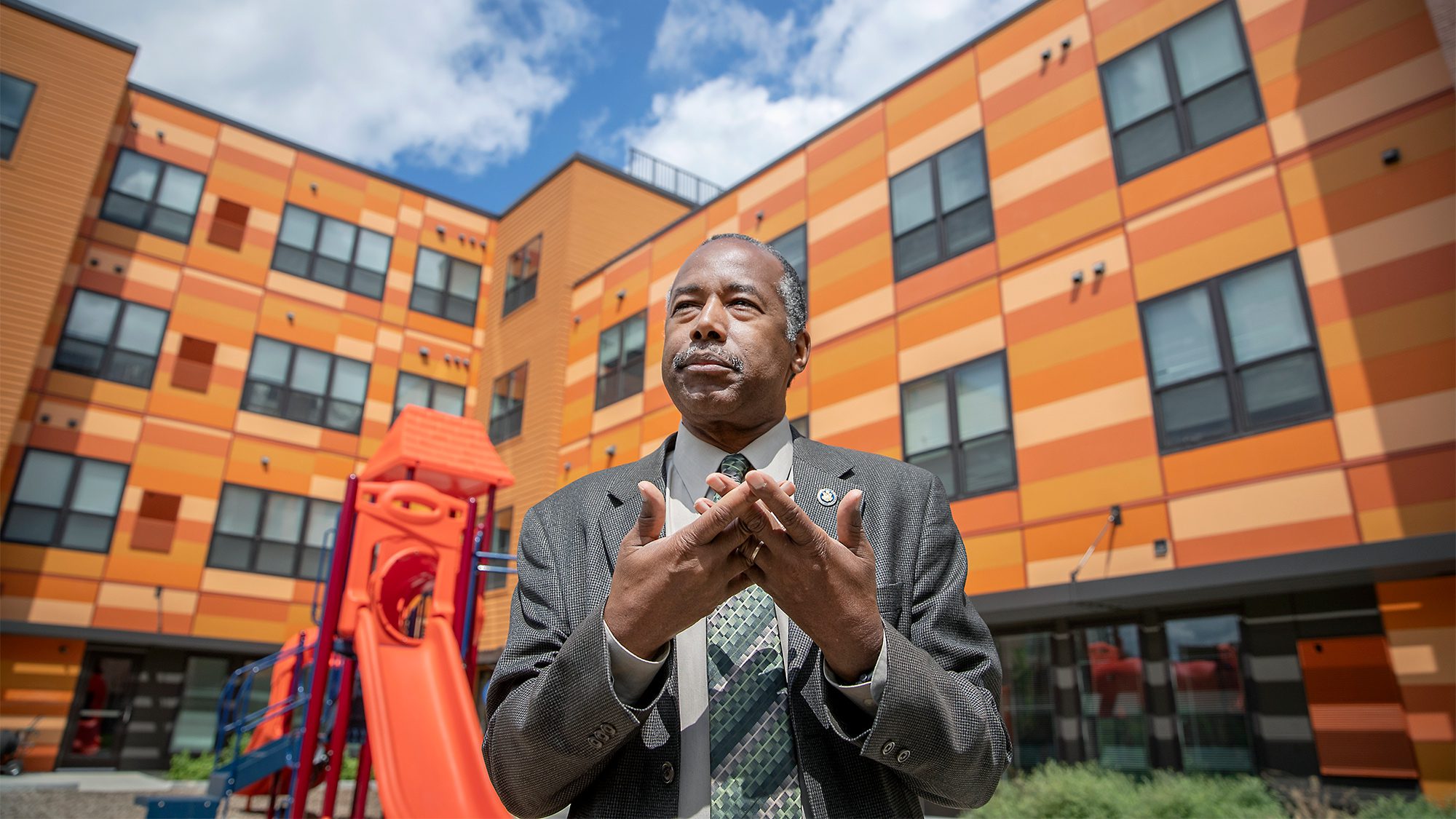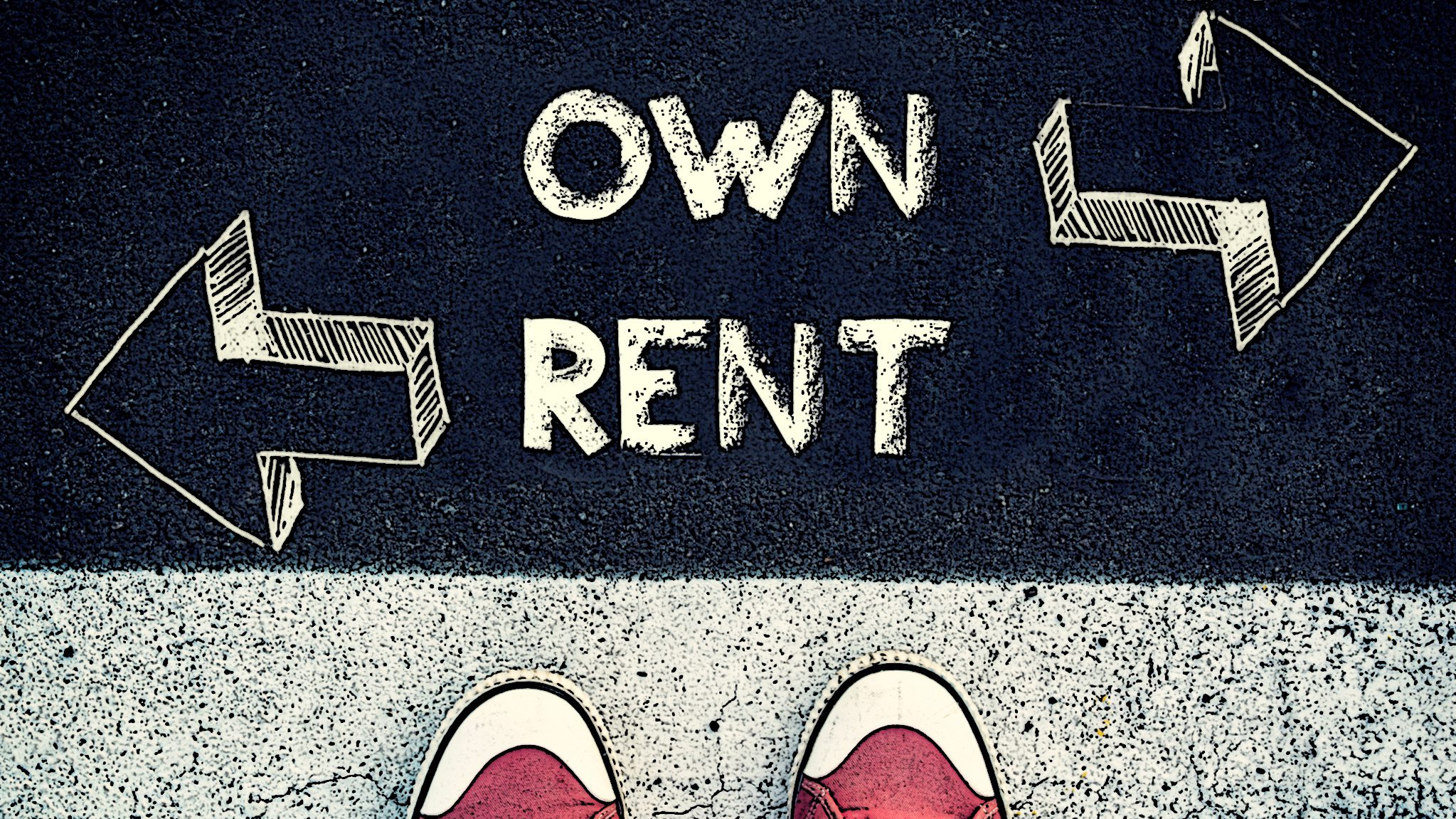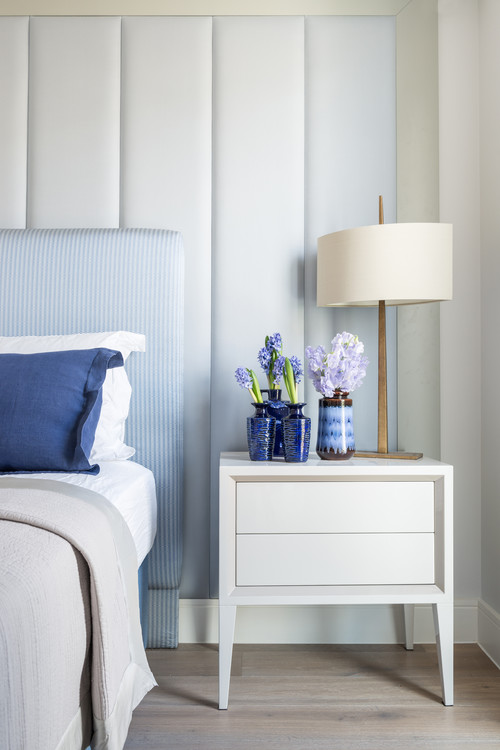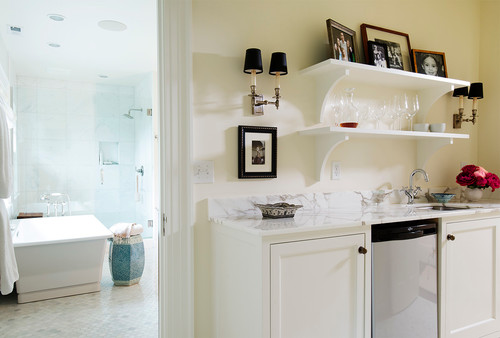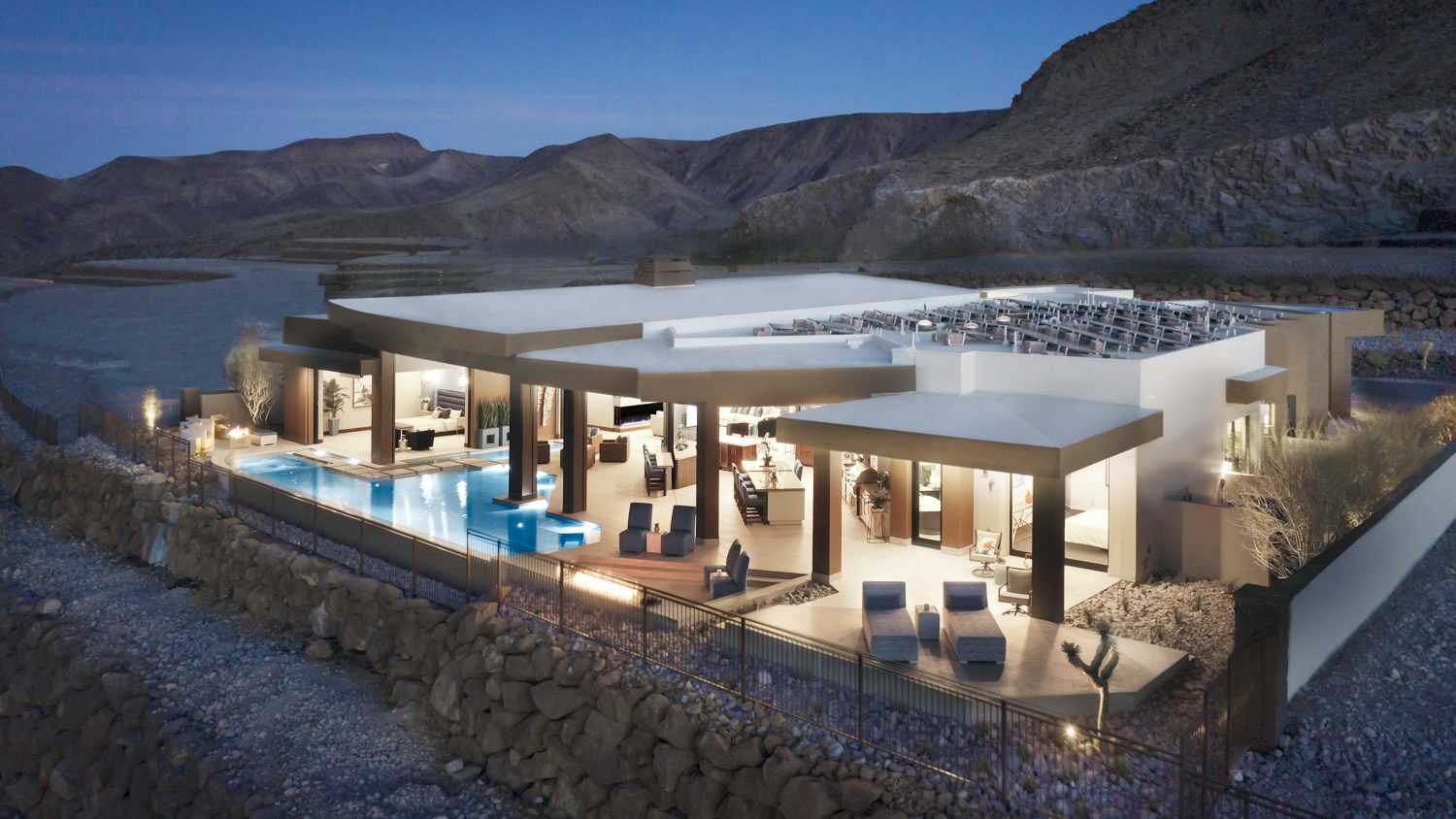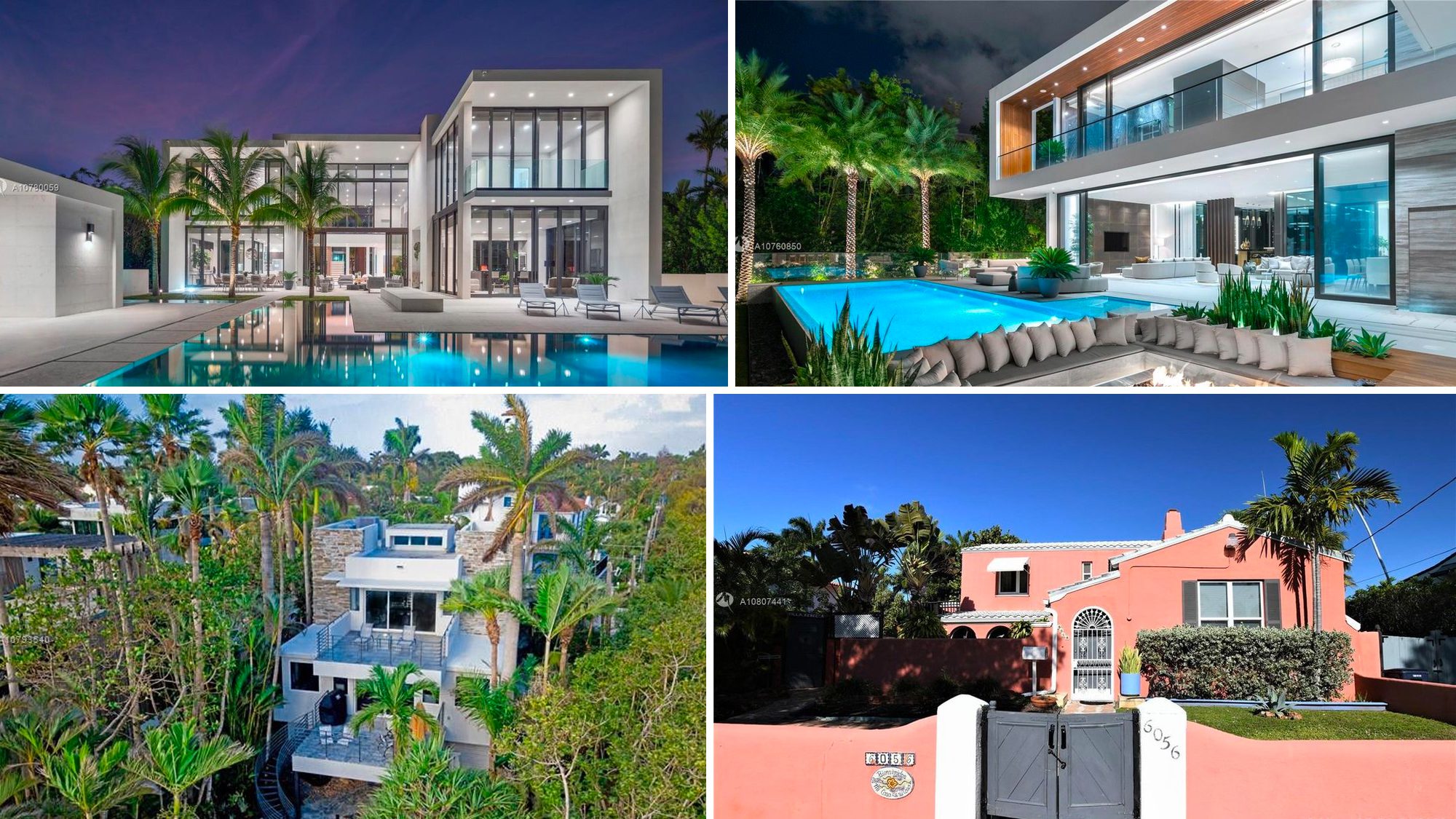
realtor.co
With Super Bowl LIV kicking off this Sunday, football fans are gearing up for the big game—particularly in the host city of Miami, where the event will unfold at Hard Rock Stadium.
According to the Greater Miami Convention and Visitors Bureau, about 150,000 out-of-state visitors are expected to flood the city this weekend. And while many may focus solely on downing beer and mountains of chicken wings while rooting for their favorite team (San Francisco 49ers or Kansas City Chiefs, take your pick), it turns out that a number of these revelers might also partake in a more surprising pregame activity: hopping through open houses in the most luxurious mansions that Miami has to offer.
“There’s a lot of wealth in Miami right now—Super Bowl tickets aren’t cheap—so I think it’s definitely a good time to have an open house and plant the seed of, ‘Oh, look at our amazing 80-degree weather,'” says local Douglas Elliman real estate agent Dina Goldentayer, who is hosting three luxury open houses this weekend. “I think the open house traffic this weekend will be similar to Art Basel, which is typically known as this area’s busiest week of the year for luxury lifestyle real estate purchases.”
“Miami is in the spotlight this weekend, and no doubt those visiting the city for the big game will want to know what they can get for their money,” says Florida real estate agent Cara Ameer. “Miami is really like the Los Angeles of Florida, with amazing homes, world-class restaurants, shopping, and culture. It is really becoming a hub for fashion, arts, and entertainment as so many parts of the city have been revitalized.”
Moving to Miami also makes sense for people who want to save on taxes.
“Florida has been a hot spot as a result of tax reform, which has driven a lot of people from high-tax and cold-weather states to the Sunshine State,” adds Ameer.
And these Miami open houses mostly happen on Friday, Saturday, or (at the latest) Sunday morning, so a little luxury real estate shopping needn’t interfere with your enjoyment of the big game. So if you’re in town for the climactic highlight of the NFL season, consider hopping in your car to go check out some of Miami’s most jaw-dropping open houses below.
1. 19 Palm Avenue, Miami Beach, FL
realtor.com
Price to score: $23,500,000
Open house hours: Saturday, noon–3 p.m.
Why it’s a winner: This 9,556-square-foot, six-bedroom home is destined to be party central with its open-air atrium, reflection ponds, and rooftop lounge so you can take in the starry sky above.
2. 6585 Allison Road, Miami Beach, FL
realtor.com
Price to score: $18,900,000
Open house hours: Saturday, noon–2 p.m.
Why it’s a winner: With over 10, 000 square feet of living space, including six bedrooms, a bar, theater, and elevator in case you’re feeling lazy, this house is one of just 49 waterfront homes on a gated island. So, you’ll have plenty of privacy.
3. 4720 SW 76th Terrace, Miami, FL
realtor.com
Price to score: $3,400,000
Open house hours: Saturday, 3–5 p.m.
Why it’s a winner: Not into the beach? Then head down a quiet tree-lined street to this quaint 4,507-square-foot, four-bedroom beauty, which comes with custom millwork, coffered ceilings, and exotic hardwood and marble floors.
4. 7350 SW 47th Court, Miami, FL
realtor.com
Price to score: $5,685,000
Open house hours: Saturday, 3–5 p.m.
Why it’s a winner: With 9,452 square feet of living space, including seven bedrooms, and sitting on a verdant acre of land, this estate features gorgeous balconies stretching across the upper levels as well as an outdoor cabana, kitchen, and oversize lap pool.
5. 3523 N Bay Homes Drive, Coconut Grove, FL
realtor.com
Price to score: $4,675,000
Open house hours: Saturday, 2–4 p.m.; Sunday, noon–2 p.m.
Why it’s a winner: This award-winning home built by architect James Lloyd offers 3,498 square feet of living space and four bedrooms. It is perched along Biscayne Bay with its own boat dock.
6. 4701 SW 74th St, Miami, FL
realtor.com
Price to score: $4,250,000
Open house hours: Saturday, 2–4 p.m.
Why it’s a winner: Nestled among majestic oaks in Ponce Davis, this modern new construction measures 5,495 square feet. It offers six bedrooms, and designer finishes include a Scavolini kitchen and Sub-Zero/Wolf appliances.
7. 6056 Alton Rd, Miami Beach, FL
realtor.com
Price to score: $1,975,000
Open house hours: Saturday, 1–3 p.m.
Why it’s a winner: This 3,394-square-foot, four-bedroom 1928 Mediterranean Revival comes with two guest villas and one coach house, all with a bed and bath in each. So, there’s room for all your friends to stay.
The post Score! 7 Miami Open Houses Worth Hitting on Super Bowl Weekend appeared first on Real Estate News & Insights | realtor.com®.
via Score! 7 Miami Open Houses Worth Hitting on Super Bowl Weekend

